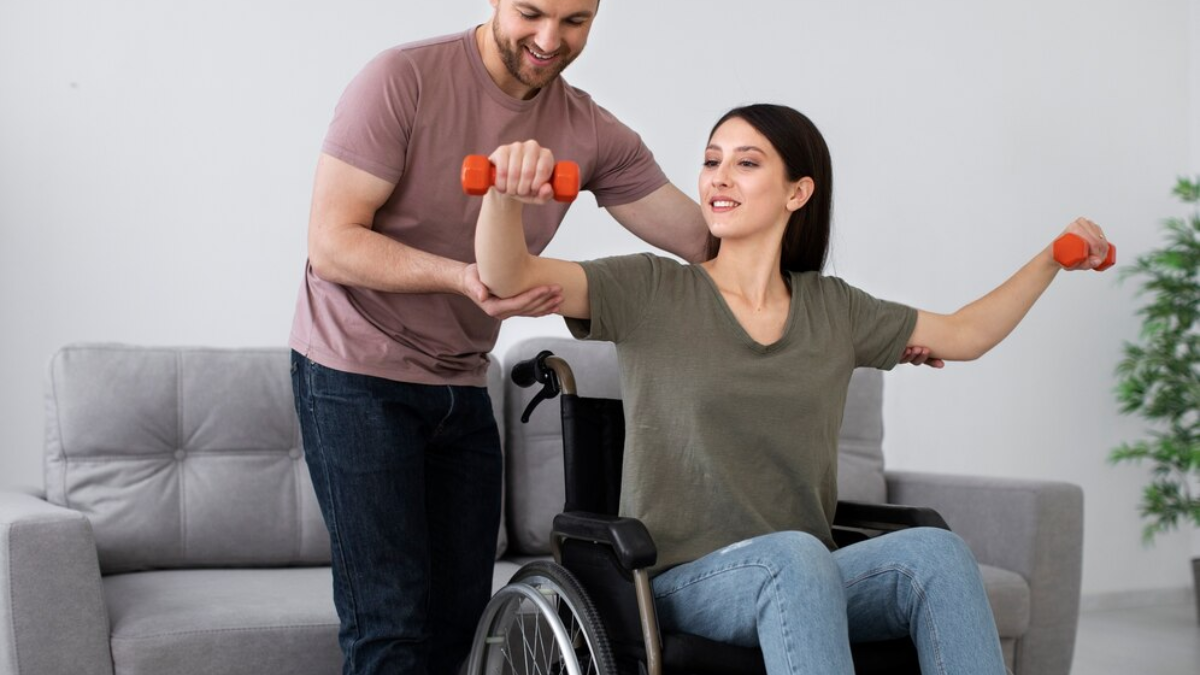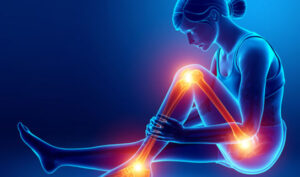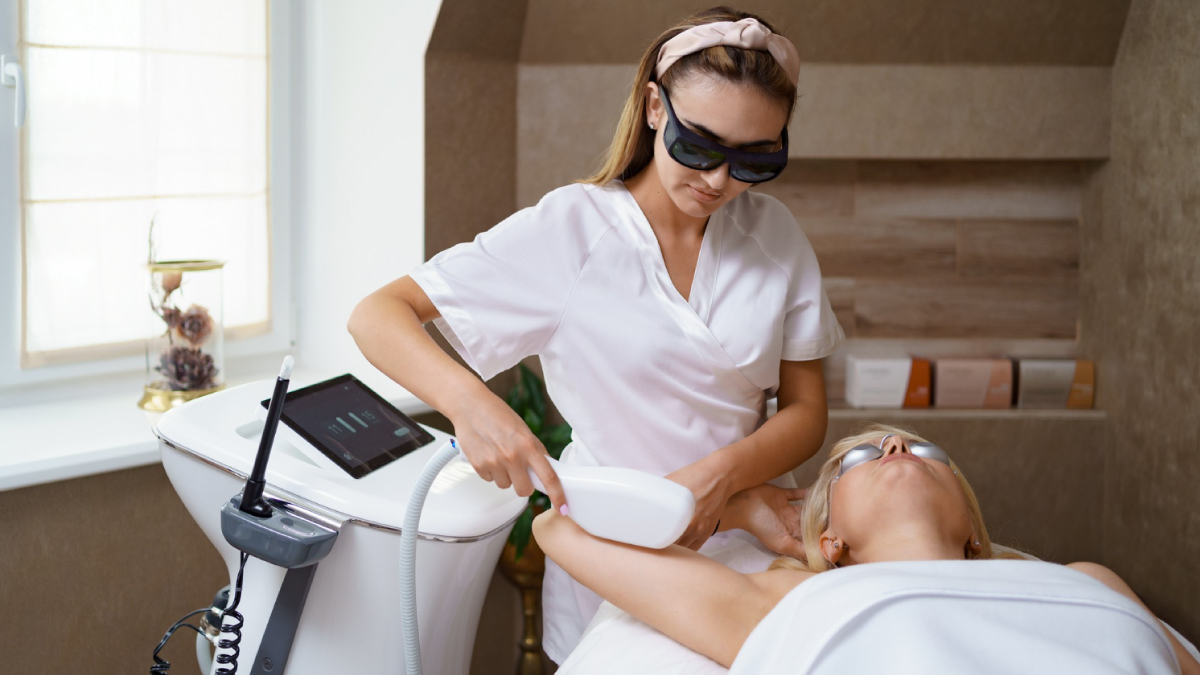Living with an orthopedic disability presents unique challenges, but it doesn’t have to hinder your journey towards a healthier, more active lifestyle. In fact, incorporating fitness and exercise into your routine can have numerous physical and mental benefits. This blog aims to provide valuable insights and practical tips for individuals with physical disabilities, offering a roadmap to foster strength, resilience, and overall well-being.
Why is fitness important for people with physical disabilities?
Maintaining your fitness level is crucial, you can begin gradually and increase it over time. There are ways and means for individuals with physical disabilities to satisfy their fitness needs, so let’s examine the reasons why exercise is crucial.
Experts say that consistent exercise can have many advantages, including:
- Increasing muscular strength and endurance may be very beneficial for certain types of physical disabilities.
- Exercise causes the brain to release endorphins, which give a happy, feel-good feeling. This can improve your mood in addition to easing depression and anxiety.
- Joining a group exercise class is a fantastic way to try something new and integrate into the community.
- You’ll be able to continue living a more independent life.
- Exercise can help reduce pain and control swelling in the joints.
What is the importance of consultations and guidance before starting an exercise routine?
Before starting on any fitness journey, it’s crucial to consult with healthcare professionals, such as physiotherapists or rehabilitation specialists. They can provide tailored advice based on your specific condition, ensuring that your exercise routine aligns with your abilities and health goals.
Establishing open communication with your healthcare team lays the foundation for a safe and effective fitness plan. It is important to talk to the Best Ortho Doctor in Coimbatore before starting a new exercise routine.
Here are the exercise tips for people with physical disabilities:
Identifying adaptive equipment:
Adaptive equipment plays a pivotal role in making exercise accessible to individuals with physical disabilities. From modified gym equipment to specialized tools designed for specific needs, there’s a wide range of options available. For example, resistance bands, hand cycles, and modified weight machines can be excellent alternatives. Identifying the right adaptive equipment can enhance your workout experience and cater to your unique requirements.
Choosing the right types of exercise:
Physical disability varies greatly, and so do the types of exercises suitable for each condition. Tailoring your workout routine to accommodate your abilities is crucial. Low-impact exercises like swimming, water aerobics, or chair exercises for the handicapped can be effective. Strength training, focusing on core muscles, can also be beneficial for overall stability. Additionally, activities like yoga and tai chi promote flexibility and relaxation.
Setting realistic goals:
Setting realistic and achievable fitness goals is essential for staying motivated and tracking progress. Start with small, attainable objectives that align with your abilities. Whether it’s improving range of motion, increasing endurance, or building muscle strength, these incremental goals will contribute to your overall well-being. Celebrate each achievement, no matter how small, as they mark milestones on your fitness journey.
Incorporating cardiovascular exercises:
Cardiovascular exercise is vital for heart health and overall fitness. Individuals with physical disabilities can engage in cardio activities through adaptive means. Wheelchair users, for instance, can benefit from wheelchair sports such as basketball or racing. For those with limited mobility, arm ergometers or hand cycling provide effective cardiovascular workouts. The key is to find activities that elevate your heart rate and suit your mobility capabilities
Prioritizing flexibility and balance:
Flexibility and balance exercises are fundamental for individuals with physical disabilities, promoting joint health and reducing the risk of falls. Incorporate stretching routines into your workout, focusing on major muscle groups. Yoga and tai chi are excellent options as they combine flexibility, balance, and mindfulness. These activities not only enhance physical well-being but also contribute to mental and emotional resilience.
Building strength safely:
Strength training is crucial for individuals with physical disabilities, as it can improve muscle tone, enhance joint stability, and increase overall functional strength. Work with your healthcare team to design a strength training program that targets specific muscle groups without exacerbating your condition. Start with lighter weights and gradually progress, ensuring proper form and technique to prevent injuries.
Adapting and evolving:
As your fitness journey progresses, it’s essential to remain adaptable and open to evolution. Your physical abilities may change over time, and so should your exercise routine. Regularly reassess your goals, consult with your healthcare team, and adjust your workout plan accordingly. Embracing adaptability ensures that your fitness routine remains sustainable and continues to contribute positively to your overall health.
Important Takeaway:
Fitness is a journey that transcends physical abilities, and individuals with physical disabilities can navigate this path with determination and resilience. Remember, the key lies in embracing your unique strengths, setting realistic goals, and celebrating the victories along the way. Fitness is for everybody, and with the right guidance and mindset, you can embark on a journey that empowers and enriches your life. Reach out to the Ortho Specialist Hospital in Coimbatore if you are looking to know about exercises for people with physical disabilities.




